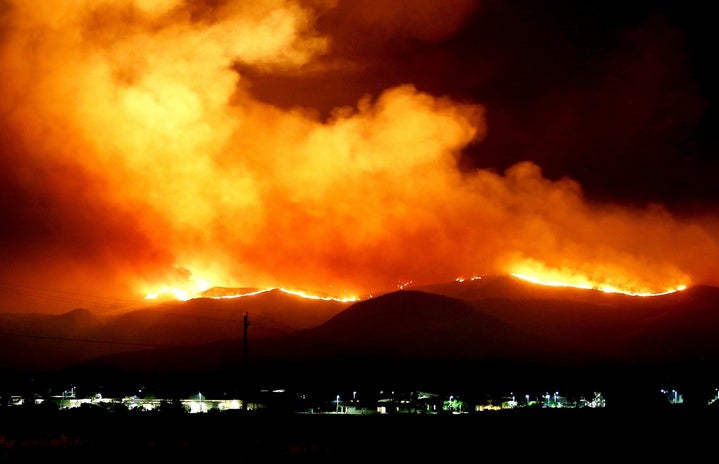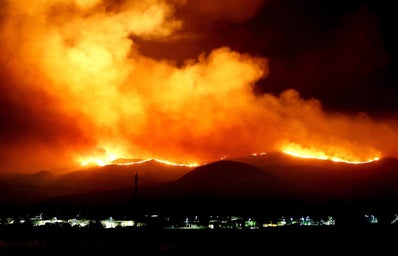On April 26th of 1986, at 1:23 am, in Pripyat, a city in Ukraine, a chain reaction led to several explosions, causing the worst nuclear disaster to date at Chernobyl Nuclear Power Plant. The reactor 4 explosion, caused deaths in the short and long term, environmental consequences, and a socio-historical impact.
But, if you don’t know much about one of the worst disasters in the world, Her Campus Cásper Líbero can – and will – help you. That’s because we are going to tell you all about the before, during, and after. Besides learning more about the history of the explosion and its aftermath, you’ll also find a series of recommendations to be an expert on this subject.
Before
The explosion was caused while the workers of the Chernobyl Nuclear Power Plant applied a poorly designed safety test on the RBMK-1000, a Soviet-designed and built graphite moderated pressure tube type reactor. During it, they shut down the reactor’s power-regulating system and its emergency safety systems.
This situation allowed the reactor to function at only 7% of its capacity, causing an unstable situation. The interaction of the hot fuel with the cooling water led to fuel fragmentation, rapid steam, and high pressure, resulting in the destruction of the reactor. But that was not all…
During
These events led to a chain reaction in the core of the nuclear reactor, causing a fireball that blew off the steel lid, which weighed more than 100 tons, releasing iodine-131, cesium-137, and strontium-90. Adding to all the chaos, a fire started in the graphite reactor releasing radioactive compounds into the atmosphere that were spread across Russia, Sweden, Austria, and even Canada.
Two workers died instantly in the fire, and 28 died weeks later as a result of acute radiation syndrome. During the first 36 hours, 50 thousand civilians were evacuated, and in the next few days, 350, 000. It’s important to mention that the fire was contained in its entirety on May 4th 1968, almost 10 days after the disaster.
After
As a way to reduce the huge impact already made, an exclusion zone was set. At first, an area of about 2,634 square km around the plant was excluded, so experts could try to know more about what happened. However, later on, the area was expanded to 4,143 square km to include heavily radiated areas outside the initial zone.
After all the preventive actions, a structure was built around the reactor as a way to stop the radioactive to spread. The sarcophagus is a heavy structure of concrete, steel and lead built around the molten reactor, covering almost 200 tons of radioactive lava,30 tons of contaminated dust, and 16 tons of uranium and plutonium. The radiation is still so strong that the structure had to be substituted by a new one.
And there’s more! The disaster had economic and political repercussions, such as the rushing for the end of the Soviet Union, damages to approximately US$ 325 billion, and movements against nuclear energy.
Even after the accident, the use of nuclear energy still goes on, but, obviously, everything is done with more attention and worries. Currently, there are 449 reactors in function, corresponding to 10% of electricity produced in the world.
To know more
Because Chernobyl was a huge accident and its repercussion goes on to today, books and documentaries were produced to that tell the story. Here’s two of them:
Voices from Chernobyl
Written by Svetlana Aleksiévithc, the book, published in 2013, tells the stories of widows, workers, scientists, and people affected by radiation. Through the union of many voices, the emotional pages show different points of view, we see a human and sentimental side of the disaster.
Chernobyl
Launched in 2019, the HBO miniseries tells the story of the accident. From the workers who died to scientists trying to understand what happened, the dramatic series gives visuals to the story that happened exactly 37 years ago.
————————
The article above was edited by Júlia Pupo Mucha Fagá.
Liked this type of content? Check out Her Campus Casper Libero for more!


